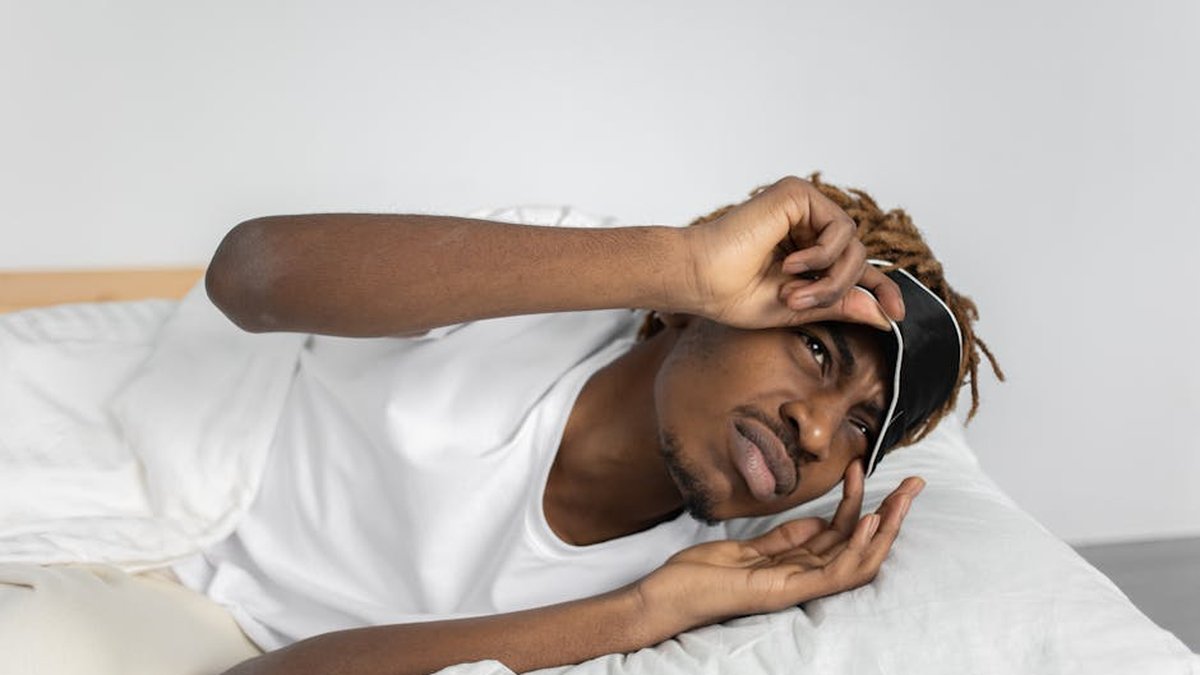Fall Asleep Faster: Optimizing Your Sleep Schedule for Daylight Saving Time’s Impact
Daylight Saving Time (DST) can feel like a thief, stealing an hour of precious sleep and throwing your body’s natural rhythm into chaos. But don’t despair! With a little planning and some smart strategies, you can minimize the impact of DST and fall asleep faster, ensuring you wake up feeling refreshed and ready to tackle the day.
Understanding Daylight Saving Time and Your Circadian Rhythm
DST, the practice of advancing clocks during summer months, disrupts your circadian rhythm, your body’s internal clock that regulates sleep-wake cycles. This disruption can lead to:
- Difficulty falling asleep
- Feeling groggy and fatigued
- Reduced concentration and productivity
- Increased risk of accidents
The key to navigating DST is to gradually adjust your sleep schedule in the days leading up to the change, allowing your body to adapt to the new time.
What is the Circadian Rhythm?
Your circadian rhythm is a roughly 24-hour cycle that governs many bodily functions, including sleep, hormone release, and body temperature. It’s primarily influenced by light exposure. When the sun sets, your brain releases melatonin, a hormone that promotes sleepiness. Conversely, exposure to sunlight in the morning signals your body to wake up.
Prepping Your Sleep Schedule Before the Time Change
The best approach to mitigating the effects of DST is to proactively adjust your sleep schedule in the days preceding the change. Don’t wait until the last minute!
Gradual Adjustments
Start shifting your bedtime and wake-up time by 15-20 minutes earlier each day for several days before DST. This gradual approach allows your body to adjust more easily. For example, if you typically go to bed at 11:00 PM, try going to bed at 10:45 PM for the first few nights, then 10:30 PM, and so on.
Meal Timing Matters
Adjust your meal times along with your sleep schedule. Eating earlier can help your body adjust to the earlier wake-up time. Avoid large meals close to bedtime, as they can interfere with sleep.
Exercise Smart
Regular exercise can improve sleep quality, but avoid intense workouts close to bedtime. Aim for morning or early afternoon workouts to help regulate your circadian rhythm.
Optimizing Your Sleep Environment
Creating a conducive sleep environment is crucial for falling asleep faster and staying asleep. Here are some key factors to consider:
Darkness is Key
Make sure your bedroom is as dark as possible. Use blackout curtains or blinds to block out any external light. Even small amounts of light can interfere with melatonin production.
Keep it Cool
A cool room temperature (around 65 degrees Fahrenheit) is ideal for sleep. Your body temperature naturally drops as you fall asleep, and a cool environment facilitates this process.
Silence Please
Minimize noise in your bedroom. Use earplugs or a white noise machine to block out distracting sounds. A fan can also help mask noise and keep the room cool.
Comfort is Paramount
Invest in a comfortable mattress, pillows, and bedding. Make sure your bed is supportive and comfortable for your body. Clean sheets and a tidy bedroom can also contribute to a more relaxing sleep environment.
Leveraging Sleep Aids and Relaxation Techniques
If you’re still struggling to fall asleep, consider incorporating some sleep aids and relaxation techniques into your bedtime routine.
Melatonin Supplements
Melatonin supplements can help regulate your sleep-wake cycle, especially when it’s disrupted by DST. Start with a low dose (0.5-1 mg) and take it about an hour before bedtime. Consult with your doctor before taking melatonin, especially if you have any underlying health conditions or are taking other medications.
Relaxation Techniques
Practice relaxation techniques such as:
- Deep breathing exercises: Inhale deeply through your nose, hold for a few seconds, and exhale slowly through your mouth.
- Progressive muscle relaxation: Tense and release different muscle groups in your body, starting with your toes and working your way up to your head.
- Meditation: Focus on your breath or a calming image to quiet your mind.
- Warm bath or shower: The drop in body temperature after a warm bath or shower can promote sleepiness.
Limit Screen Time
The blue light emitted from electronic devices (phones, tablets, computers) can suppress melatonin production. Avoid using screens for at least an hour before bedtime. If you must use screens, use blue light filters or apps that reduce blue light emission.
Consistency is Key
Maintaining a consistent sleep schedule, even on weekends, is crucial for regulating your circadian rhythm and improving sleep quality. Try to go to bed and wake up at the same time every day, even if you didn’t sleep well the night before. This will help your body adjust to the new time and establish a regular sleep-wake cycle.
Daylight Saving Time doesn’t have to be a sleep-depriving experience. By proactively adjusting your sleep schedule, optimizing your sleep environment, and incorporating relaxation techniques, you can minimize the impact of DST and fall asleep faster, waking up feeling refreshed and ready to embrace the day. Remember to consult with your doctor if you have persistent sleep problems. Sweet dreams!






